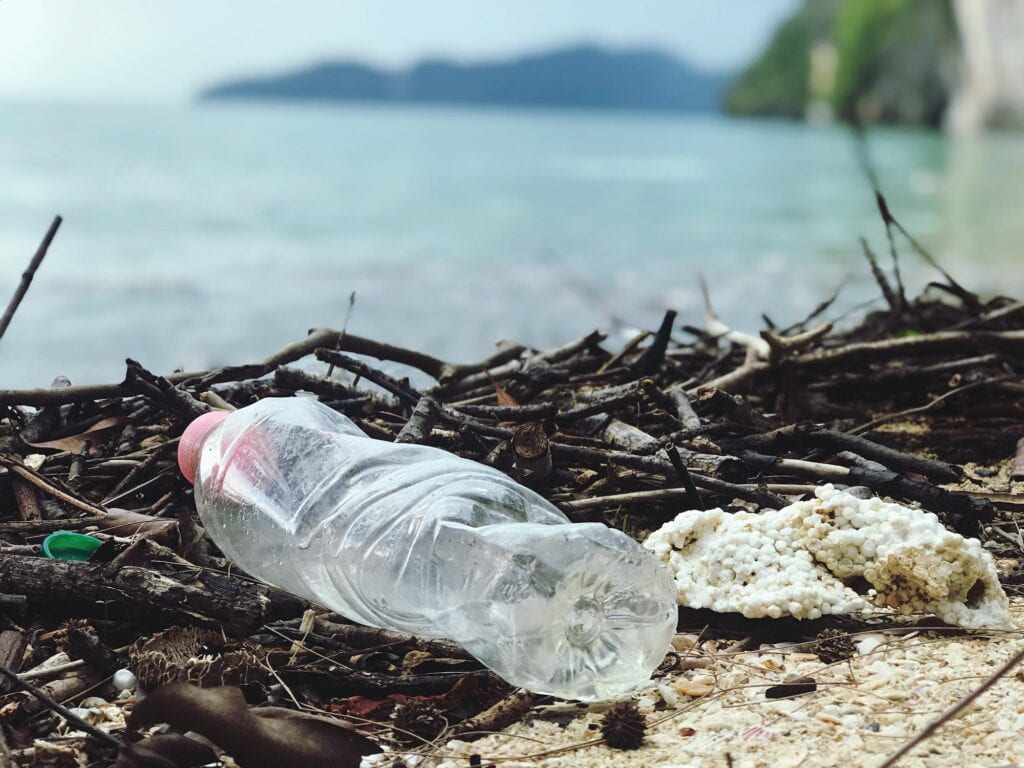
Marine snow is comprised of debris of plant and animal carcasses, feces, mucus, dust, microbes, and viruses that eventually sink to the seafloor. However, it has been infiltrated by microplastics such as fibers and fragments of polyamide, polyethylene, and polyethylene terephthalate. In the past, scientists have assumed that all plastics would float in the sea; however, surface plastic only accounts for around one percent of the total amount of plastic in the ocean.
As plastic degrade into microplastics and is colonized by biofilms of microbes, a “plasticsphere” forms and causes the plastic to lose buoyancy and sink. The interaction between microplastics and the marine environment may be impossible to study, since humans cannot spend enough time in the deep ocean to study it. Dr. Porter, a marine ecologist at the University of Exeter in England, states that faster marine snowfalls result in more microplastics in the deep ocean, whereas slower marine snowfalls increases the amount of microplastics ingested by predators, which brings greater degrees of impacts to food webs.
Some scientists are exploring how marine snow and plastics are distributed in the water column by running a dishwasher-size pump full of filters, while others have tried to create their own marine snow in the lab. It seems like there is still a lot of work ahead for scientists to learn how plastic snow is affecting the marine environment.
